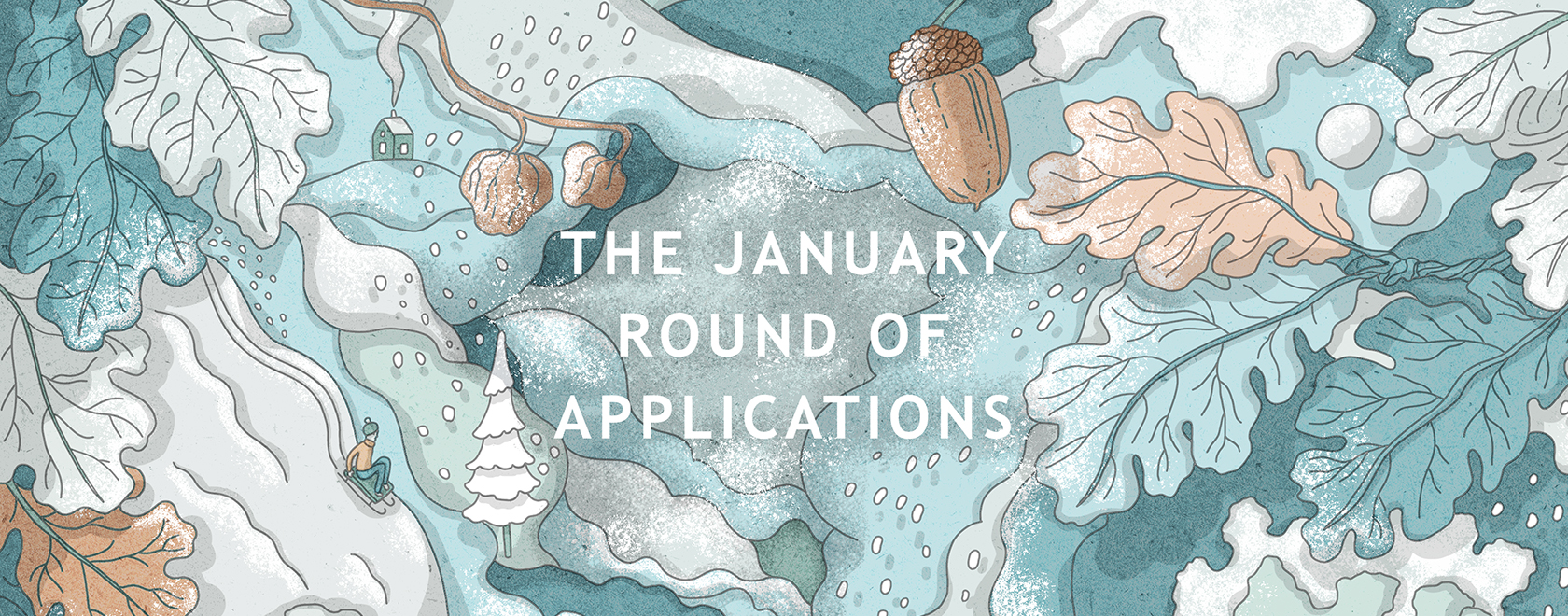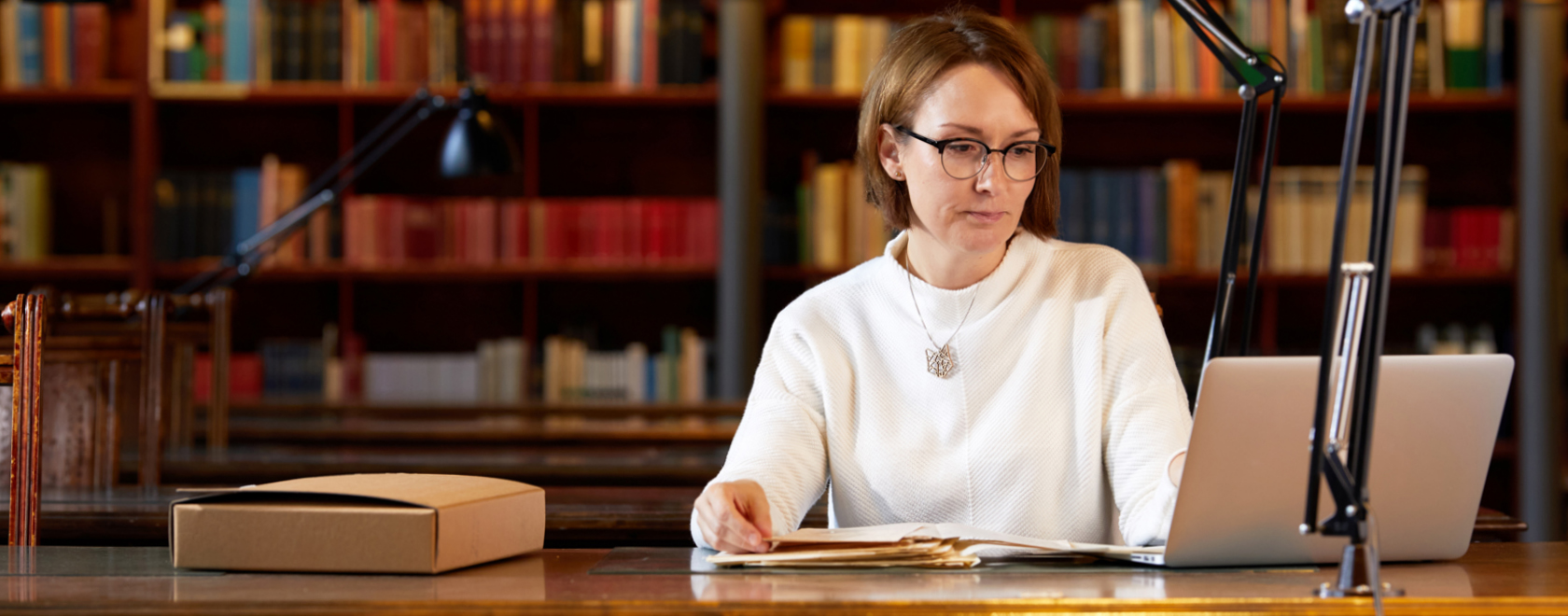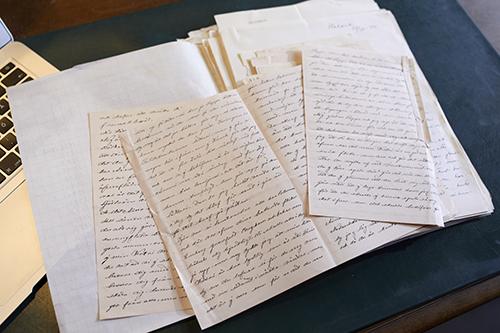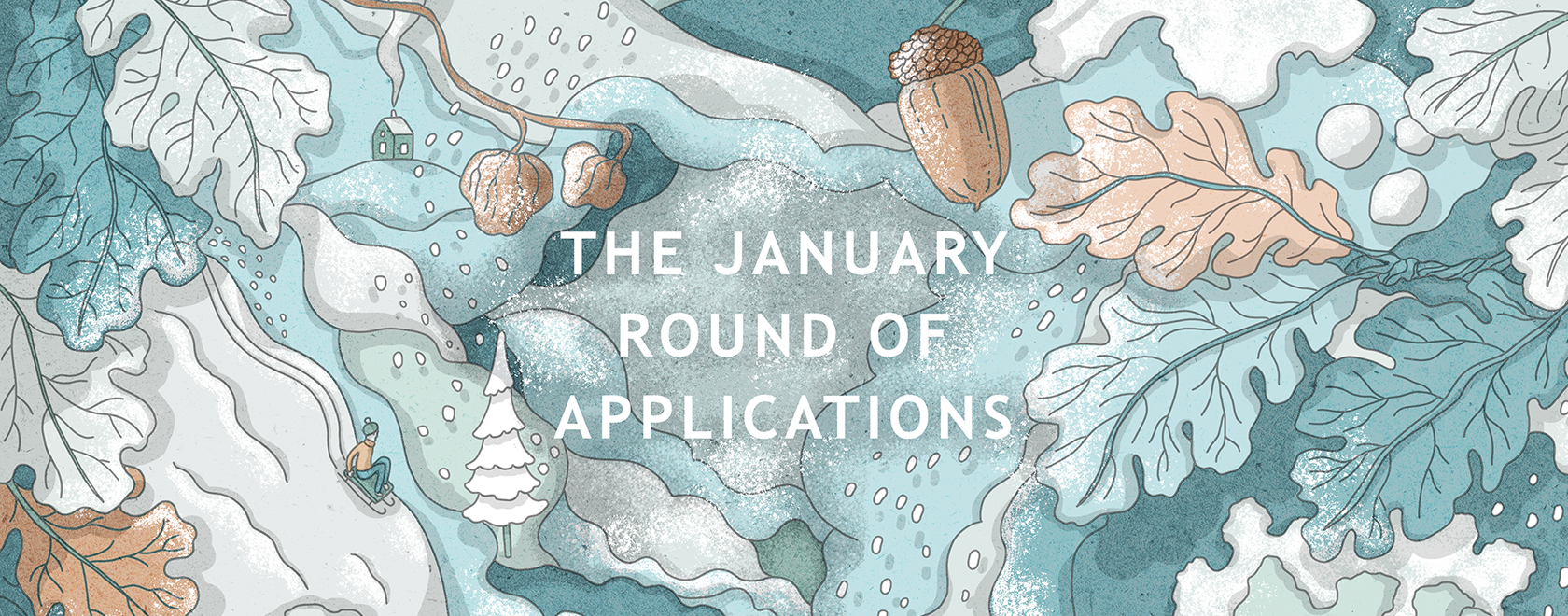13 million euros will be awarded in the January Round of Applications

Regional Fund Special Purpose Grants
Priority is given to applicants who are currently living or have born in the region, work carried out in or for the region, and cultural and development projects of special regional importance.
Spearhead projects requiring larger-than-usual funding will receive a minimum of 40,000 euros in the form of one or two grants. Such projects require fresh or exceptional points of view, content, quality, or design.
20,000 euros have been earmarked for Art for Institutions projects in the January round of applications. The aim of this form of support is to promote the equal realisation of cultural rights and to improve the quality of life of people in need of special support or care, through art. The work or project may take place in welfare and nursing institutions or other environments, the residents or users of which may otherwise have limited access to art. Possible institutions include sheltered homes, day centres, and homes of the elderly, hospitals, prisons, reception centres, care units for substance abusers, and child welfare institutions.
The Local Culture Projects grants are specified for projects that aim to preserve and rejuvenate the local culture and cultural environment, such as documenting and increasing awareness of local heritage, as well as histories, exhibitions, and events of local communities and societies.
A person engaged in full-time gainful employment is eligible for a working grant (so called passion grant) for the purpose of carrying out a scientific or an artistic project not related to their full-time work. It is possible to apply for this grant as an individual or as a part of a working group. The size of the project is not specified, but the maximum amount of a working grant per person is limited to 3 000 euros.
For more information go to skr.fi/en/januaryround Please read the application guidelines carefully before sending the application. More information about the regional funds and contact information can be found on skr.fi/en/regional-funds
The application period closes at 4.00 pm on Feb 10. Ask also your referee to submit a reference in the Online Reference Service on the application deadline date.


